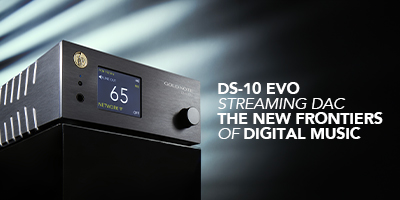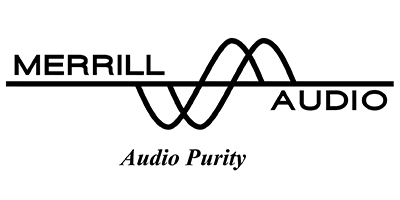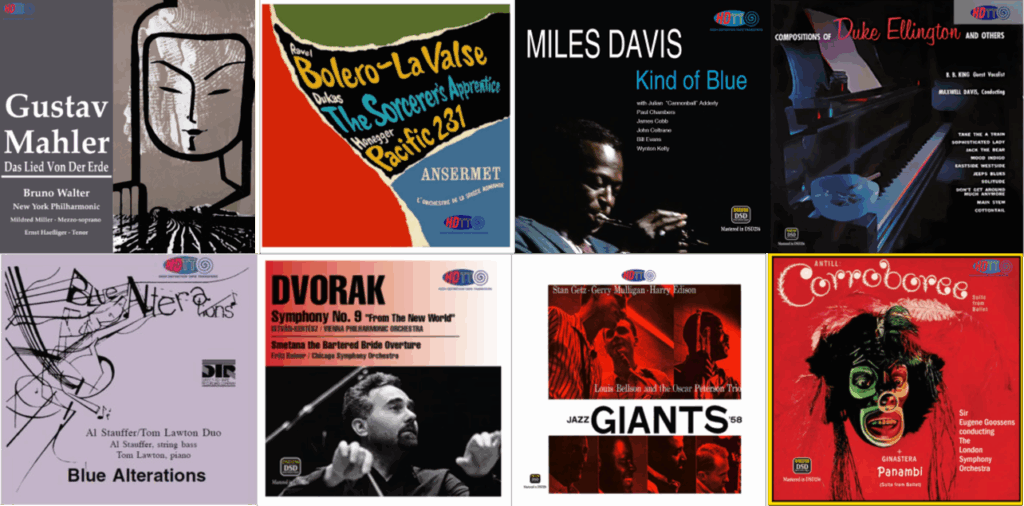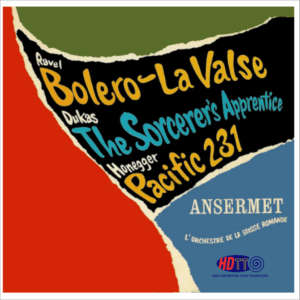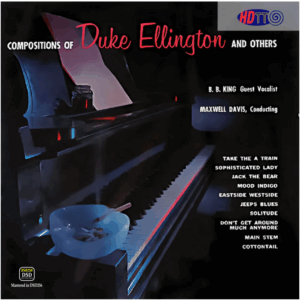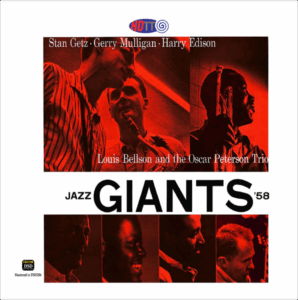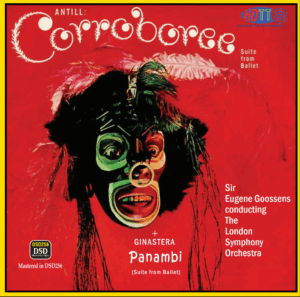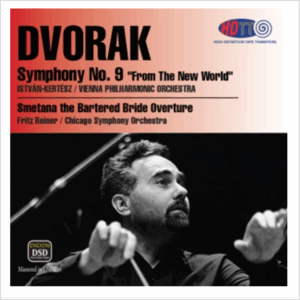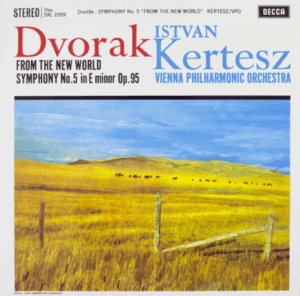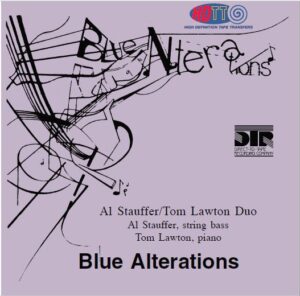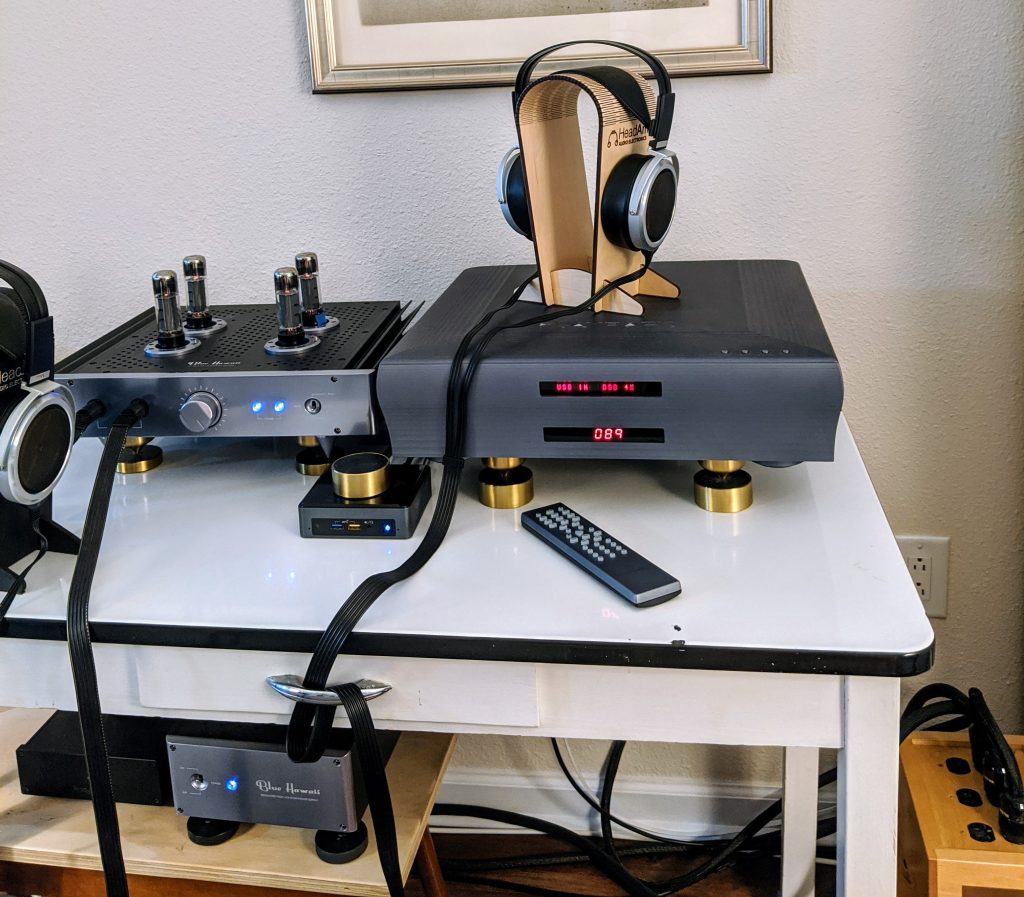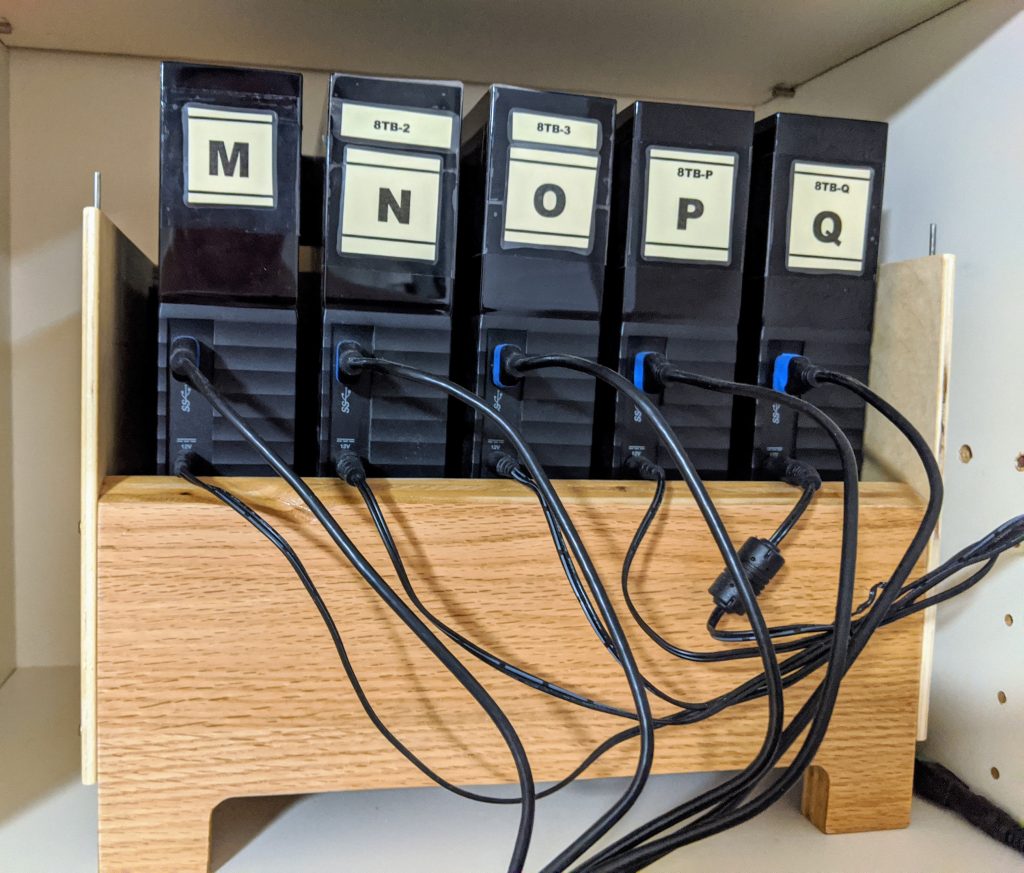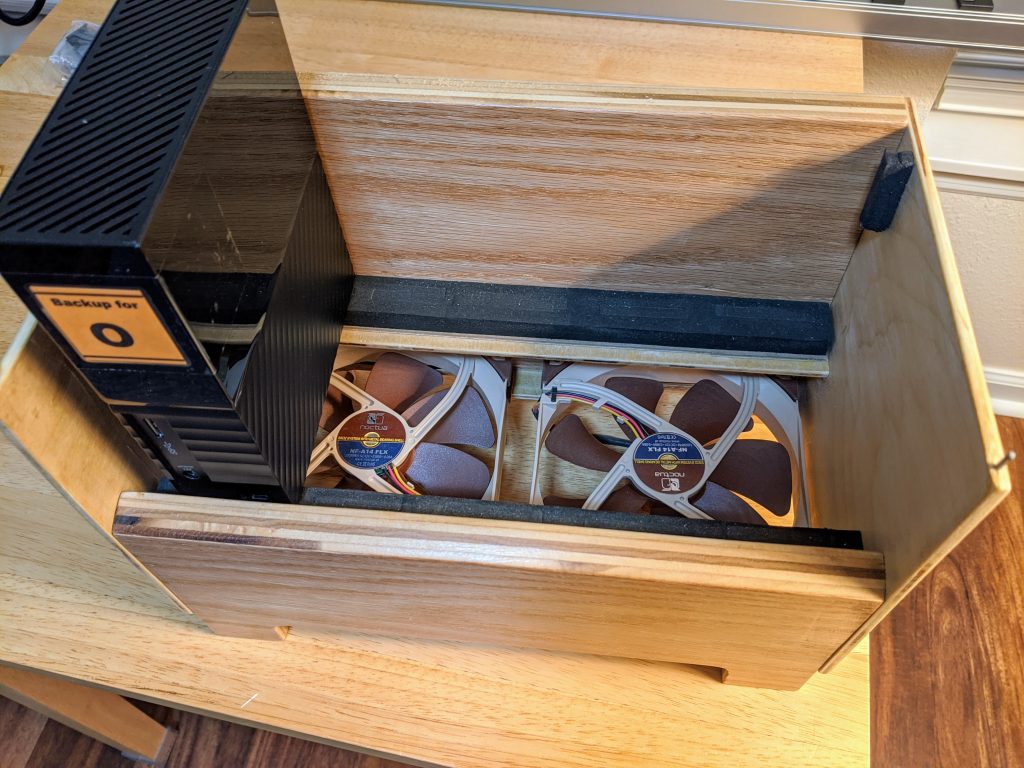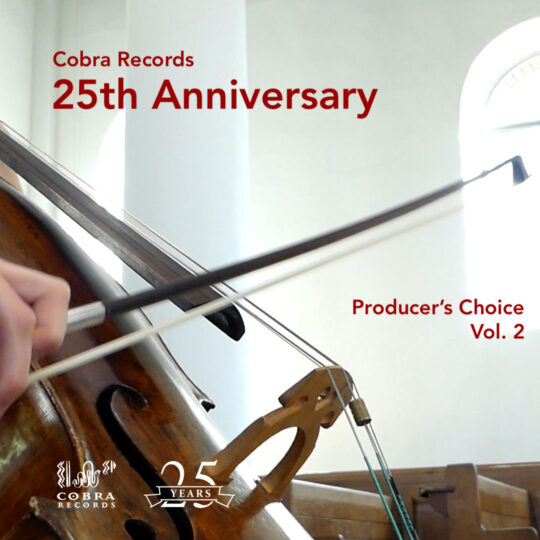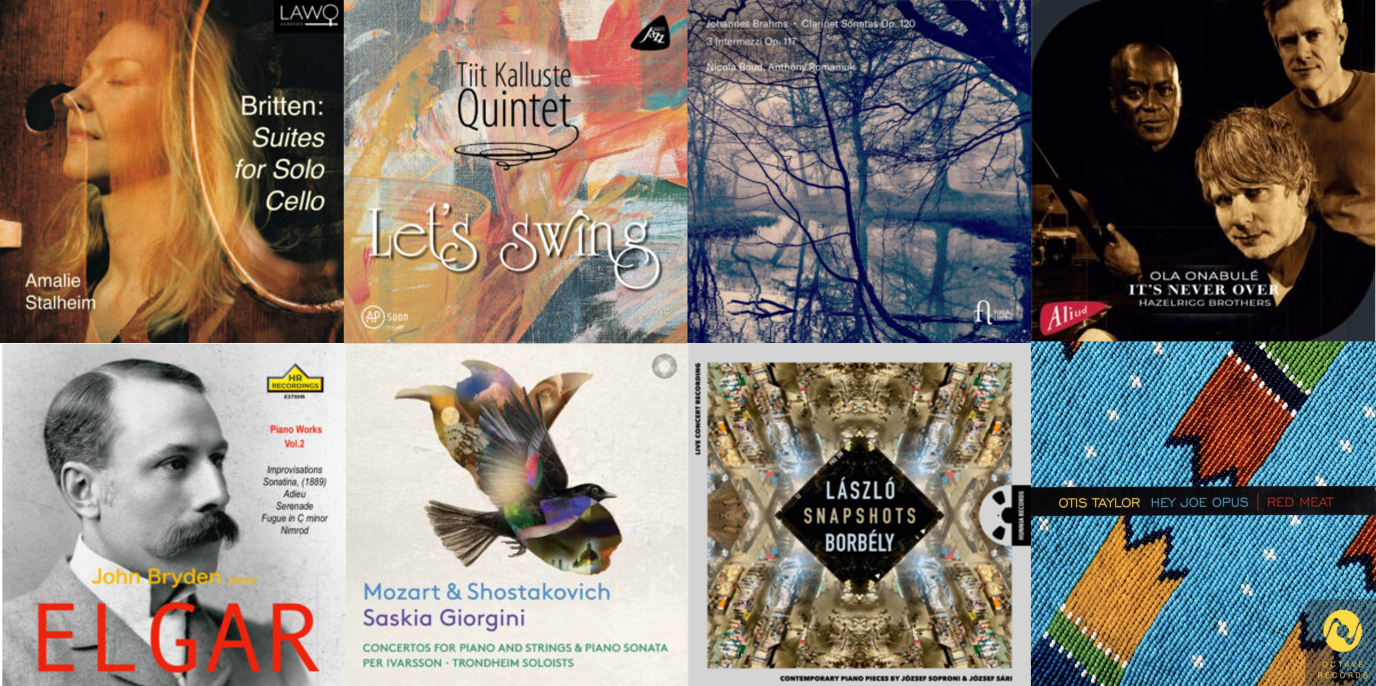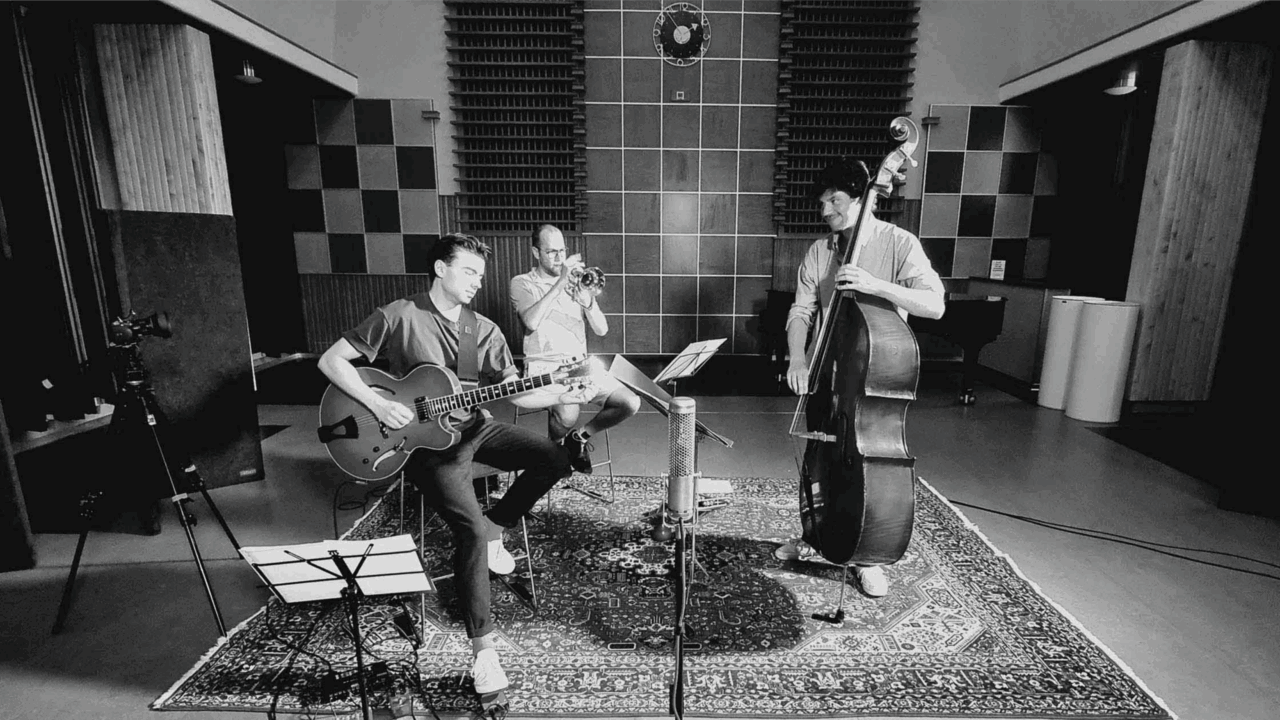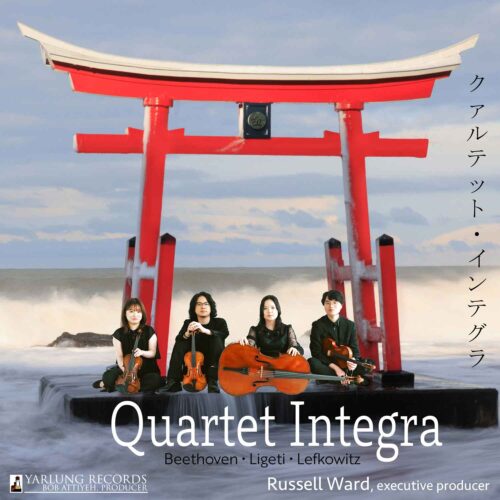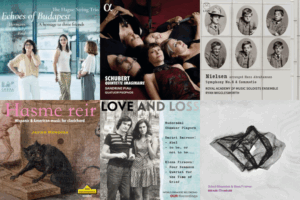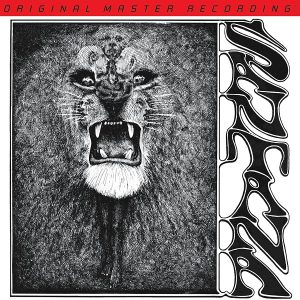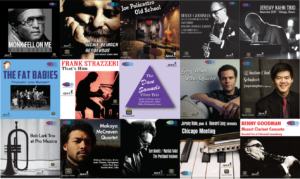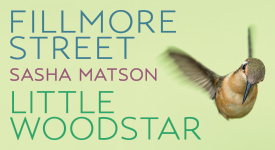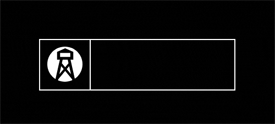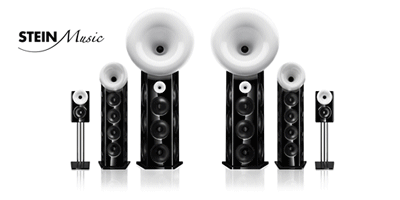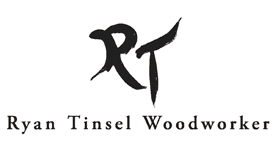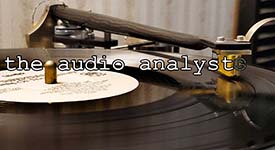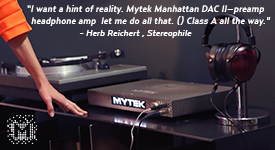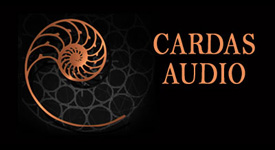This Recent Finds edition is back to HDTT releases. Some new and some from a few years past that are past due for a review. All are very nice. In fact, four of them are included in my recent Pure DSD256 from Analog Tape: My Top of the Pile listing—albums that were always a reference but never written up into a review.
Works By Ravel, Honegger & Dukas, Ansermet, OSR. HDTT 1963 2025 (DSD256, DXD) HERE
This is a classic Decca recording. Ernst Ansermet, L'Orchestre De La Suisse Romande, and the great Decca recording team at their best. Recorded by Decca recording engineer Roy Wallace on April 10, 1963, in Victoria Hall, Geneva, this album has had staying power over the decades. Why? Because the performances are simply some of the best interpretations of this work available in the catalog, then or now, and the recording is among the best Decca ever had to offer.
Each of the works on the album are perfectly suited to Ansermet's interpretive style, and he captures the essence of the music with great clarity and precision. Importantly, in this recording he has the OSR absolutely whipped into precise ensemble—something they notoriously failed to achieve on many occasions. His interpretations remain benchmarks against which all others must stand to test.
Okay, yes, the album includes Ravel's Bolero. Starts with it, in fact. But, if you've not listened to this work in a while, you may find yourself very pleasantly surprised. The clarity and precise development which Ansermet delivers works beautifully. I found myself enjoying the performance immensely. And it is a work I came to avoid in past decades due to its overexposure (and that movie).
And, if you just can't get past the notion of another Bolero, don't despair because there are two of the best performances ever of Ravel's La Valse and Dukas' The Sorcerer's Apprentice, each of which receive performances not better matched anywhere.
Sourced from a 15ips 2-track tape, HDTT's release has a dead quiet background, outstanding dynamics, very extended frequency range, and the kind of open airiness that is so characteristic of good 15ips tapes. There is a bit of distortion in the peaks, however, where it sounds as if there is a bit of tape overload (particularly on the big orchestral bass drum in both Sorcerer's Apprentice and La Valse). Still, it's a gem and I've not heard the album better presented than in this HDTT reissue.
Compositions Of Duke Ellington and Others, With Guest Vocalist B.B. King. HDTT 1960 2025 (Pure DSD256) HERE
This is an excellent bit of music, very well performed, and very nicely recorded. The transfer from the original 15ips 2-track master tape by HDTT is just brilliant—as good as we ever get to hear.
A refined and imaginative big band album, it reinterprets Ellington's signature works while paying tribute. The album presents nine tracks that are classics from the Ellington songbook, with a tenth being an original composition by saxophonist, arranger, producer, and band leader Maxwell Davis. Known primarily as a behind-the-scenes force in West Coast rhythm and blues, Davis steps into this jazz spotlight easily, with a sophisticated orchestral sound that bridges swing tradition and mid-century studio polish. His arrangements are respectful of the Ellington originals, yet reflect his own sense of rhythm, voicing, and structure.
A special surprise on the album is a vocal appearance by B.B. King on the track "Don't Get Around Much Anymore." While principally a blues artist, his contribution adds warmth and a nice bit of crossover fun. And we also find in the credits the legendary Ben Webster on saxophone, a key member of the Ellington orchestra during its 1940s peak.
So, not pure Ellington, but a dialog across eras and musical traditions. I found it most enjoyable. If you like big band sound, I think you will, too.
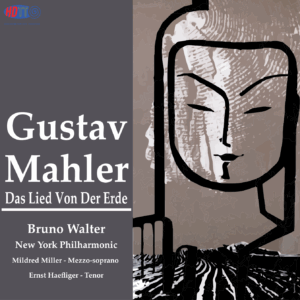
Mahler Das Lied von der Erde - Bruno Walter conducts the New York Philharmonic. HDTT 1960, 2017 (Pure DSD128) HERE
Do you ever find something in your music library that you've not listened to in years, but it is just calling to you to listen today. That is me with this great performance of Mahler's Das Lied Von Der Erde, the last recording of three made by Bruno Walter in 1960 and his best, imo.
If you're not familiar with this work, Mahler composed it between 1908 and 1909. Described as a symphony when published, it consists of six songs for two singers who take turns singing the songs. It can be performed by a tenor and baritone substituting for the mezzo-soprano, and Dietrich Fischer-Dieskau did very creditable performances with Kletzki and Bernstein, but I prefer use of the mezzo-soprano. And in this recording we have the American classical mezzo-soprano Mildred Miller who does an admirable job, giving a fittingly serene and understated performance, more like Lieder and less operatic.
This performance was recorded by Columbia Records Manhattan Center, New York City, April 18 & 25, 1960. I'm not sure what source Bob Witrak found for this reissue, but he was apparently sufficiently satisfied with it to release this in Pure DSD without any post processing in PCM. And it sounds great. The performance is captured by Columbia in one of their better recording efforts, with good soundstage, excellent inner detail, and no obvious spot miking of either instrument sections or vocalists. Very well done.
Jazz Giants '58, with The Oscar Peterson Trio, Stan Getz, Gerry Mulligan, Louis Bellson, Harry Edison. HDTT 1958 2025 (Pure DSD256, mono) HERE
Giants indeed! With Oscar Peterson (piano), Ray Brown (bass), Herb Ellis (guitar), Stan Getz (tenor sax), Gerry Mulligan (baritone sax), Louis Bellson (drums) and Harry "Sweet" Edison (trumpet) coming together in the rented Capitol Studios on August 1, 1957, this was truly a gathering of giants. And the music moves. Everyone collaborates, honors each other player, creates outstanding solos, this album simply radiates energy and good vibes.
As the liner notes describe, "Each musician on the album brings a unique voice. Stan Getz, known for his lyrical and warm tone, contrasts beautifully with Gerry Mulligan's cooler, more detached baritone sax style. Mulligan, a pioneer of West Coast jazz and piano-less quartets, adds depth and texture, avoiding redundancy in a group that already includes the prolific Oscar Peterson. Edison, with his roots in the Count Basie Orchestra, injects bluesy phrasing and swing-era verve, anchoring the group in the pre-bop tradition."
Producer Norman Granz, founder of Verve Records, had a vision of uniting top-tier soloists in jam-session-style recordings, believing that spontaneous interaction among virtuoso musicians could produce magic. Jazz Giants '58 reflects this approach. With lots of room for improvisation, interplay, and the seamless blending of distinct personal styles, this is truly an album for the ages. And it is the only recorded testimony of Stan Getz, Gerry Mulligan, and Harry "Sweet" Edison collaborating together in a recording studio.
The album consists of standards, played like a jam session—nice and loose. There is an 11-minute Ballade (track 4) that plays like a medley, starting with "Lush Life" with Gerry Mulligan taking the baritone saxophone lead. It doesn't get better than this.
If you are a jazz fan and you don't have this album in your collection, you need to add this. And you simply will not find it in better sound than this Pure DSD256 transfer from a 15ips tape. The sound is rich, sweet, and gorgeously detailed. Instrumental timbre sounds just "spot on." Yes, it is mono, but luscious—an album to just sink into.
For those of you who follow HDTT's releases, you will note that Bob uses a new tape recorder preamplifier designed by Victor Khomenko (founder and chief designer of Balance Audio Technology gear). Some of the gorgeous bloom I hear in this release may be attributed to this custom tube design. Time will tell.
Miles Davis, Kind of Blue (with pitch corrected alternate tracks). HDTT 1959, 2022 (Pure DSD256) HERE (Included in Top-of-the-Pile list)
I reviewed this album back in 2022, HERE. At the time I said, "This will be the best sounding digital reissue of Kind of Blue in your collection." But over the past couple of days I've been revisiting it because of a friend's complaint that it just didn't sound as good on his system as I suggested. He preferred his SACD. And that's absolutely fine. Things can sound different in different systems. But I was concerned, had I misrepresented this release?
So, I've spent some very focused listening time comparing only Track 1 "So What" to several other copies of this album in my music library. A key focus was trying to figure out how this HDTT Pure DSD256 release (from a 15ips two-track source tape) differs from the two SACD rips I have of it, beyond the pitch correction.*
The mystery finally unfolded to a possible conclusion for me.
The SACD is pitch corrected and in that process equalization was additionally added to both the bass and the presence and high frequency ranges. Perhaps they did this to compensate for making the pitch correction (which had been about 1/2 tone sharp on the original LP releases). But they overshot, imo. My guess is they really wanted to add the extra brightness for some additional “punch” and boost the bass for impact. What they ended up with is that infamous "smiley" EQ.
When I listen to the HDTT, I hear no added presence or brightness, no bass boost. Yes, the double bass is very low volume at the beginning, and, yes, the opening cymbals are just barely heard. If you are used to hearing that smiley curve, everything may sound "off" to you, but this is what was intended in the original release.
Why do I think this? I listened to rips of an original LP, an early-ish CD, and the Analogue Productions UHQR. In all three, the overall balance sounds like the HDTT transfer. Analogue Productions says their KOB UHQR reissue was "mastered directly from the original 3-Track master tapes by Bernie Grundman" so I'll take this as the definitive intended EQ for this album. Given that all three of these samples sound very similar, and given that the HDTT sounds the same, I'd say this is what was intended by the original album producer, Irving Townsend, and engineer, Fred Plaut.
And, as I noted in my original review, be aware of the huge dynamic range in this release. Bob did not apply any compression, he allowed the full dynamic range of the 15ips tape to be transferred unrestrained in the DSD256 transfer. What does this mean? Well, if you're used to listening to commercial releases you're used to having the quiet sections boosted and the loud section damped down—compression in both directions. Compressing music is standard industry practice. I hate it. I find recordings released with their full dynamic range intact a virtue. Never possible in the LP era. Clearly possible with today's digital media. Still, it is rarely allowed.
Plus one more note about volume: the overall gain setting on this is a bit lower than you might expect in order to encompass that dynamic range without any risk of clipping. So, you will likely need to boost your volume control a bit from your normal setting. But be prepared, the loud passages will be very loud.
Finally, just for the pure pleasure of hearing it, I listened to the entire HDTT album all the way through. I was surprised to find myself hearing reflected ambiance from the walls of the large studio in which this was recorded. Something I'd not really caught before, and something I don't hear in the SACD or CD reissues I'd been listening to for this comparison.
This HDTT Pure DSD256 transfer continues to be my reference standard for how purely excellent this album can sound in a digital release. As I said then, the tracks on this HDTT reissue "sound open, natural, with real instruments in a realistic sound space, and with breadth and depth to the image." Far more so, to my ears and music preferences, than any other digital release in my music library.
* As most will know, the original LP and early CD releases of this album used the edit master tape which was by accident about half a tone sharp due to incorrect speed calibration when recorded.
Antill Corroboree & Ginastera Panambi Suite, Sir Eugene Goossens LSO. HDTT 1958 2021 (Pure DSD256) HERE (Included in Top-of-the-Pile list)
This album has always been a reference for me, but I've not written a review. I really should say more about it.
At a young age Australian composer John Antill (1904-1986) attended a real "corroboree," a ritual ceremony of the native Australian peoples. His memory of this resulted in his ballet composition, Corroboree, heard here in the a 5-movement concert suite that was first performed in 1946 by Sir Eugene Goossens. The full ballet was not performed until more than ten years later. As one might expect, Antill makes significant use of percussion, including the the "bull roarer," a slotted board whirled around the player at the end of a thong so that the air passing over the slots makes an eerie, deeply pitched whir (heard within the first 20 seconds).
The great variety of instruments certainly helps to re-create what one may imagine the sounds of real corroborees to be like. But more importantly the momentum of the orchestration builds as the piece continues, evoking the overwhelming emotional impact of spirit forces surrounding us.
This work is sometimes referred to as an Australian Rite of Spring, and, while this has some merit to get you into the ballpark of the sound of it, I think it misleads. Even though Antill uses Western musical syntax to express it, those familiar with a real live Corroboree (not I) say that he manages to capture the essence of it. Still, if you've not yet heard Antill's work, the Stravinsky allusion may be useful.
The accompanying work, Panambi Suite, by Argentinian composer Alberto Ginastera (1916-1983), is, if anything, even more overwhelming in the momentum and violence of its orchestration as it progresses to conclusion. Following a serene and peaceful opening movement evoking the Panambi River, the full ballet tells a story of love betrayal, revenge, and eventual conciliation. In the Suite, we end with revenge and the very powerful use of orchestral brass and percussion to evoke utter violence in the final movement. This is Ginestera's Opus 1, written when he was only twenty years old and reflects his skill at synthesizing a variety of musical styles from impressionism in the opening movement to a sophisticated primitivism further on.
This album was recorded by Everest Records in 1958 in the excellent acoustics of Walthamstow Assembly Hall, London. Goossens' conducting and the orchestral playing of both these challenging works works is superb. But it is the overall excellence of the sound captured by Everest Records recording engineer Aaron Nathanson that first attracted me to this record. With the marvelous variety of percussion, there is much to surprise and to challenge one's system. Transients are sharp, precise. Dynamics shift quickly and are unconstrained, from very quiet subtle touches deep in the texture of the background to crashing, thunderous roars of sound.
The original 3-track, half-inch tape captured it all with definition and clarity that is rarely matched. This, of course, comes from a source tape somewhat removed from the original tape, but the clarity of this transfer suggests it is not far from the stereo edit master mixed from that original. Bob doesn't say one way or the other. I encourage you to get this album and hear it for yourself. If you are proud of the audio system you assembled, this recording will give it a nice workout. Plus, the music is great.
Dvorak Symphony No. 9 "From the New World," István Kertész, Vienna Philharmonic Orchestra | Smetana Bartered Bride Overture, Reiner CSO. HDTT 1961 2017 (Pure DSD256) HERE (Included in Top-of-the-Pile list)
István Kertész, the gifted and tragically short-lived Hungarian conductor, made some of the most wonderful, ravishingly beautiful, recordings of Dvorak's music in the catalog. They continue to be standards of reference against which I compare all other recordings. His performance of Dvorak's Symphony No. 9, "From the New World," is an outstanding example of his skills.
He recorded the symphony on two different occasions for Decca. This is his earlier 1961 recording with the Vienna Philharmonic. And, as lovely as his later 1967 recording with the London Symphony may be, this earlier performance is the one to which I gravitate. Here, Kertész shows a depth of emotion and intensity that is completely engrossing. He is direct, precise, and dramatic. With sudden contrasts in dynamics, his interpretation is far less genial than others, including his later 1967 recording with the LSO. And this rougher, moodier, performance is an approach I enjoy. There is a violence to the interpretation that brings this work to life in a way few others manage.
And the VPO strings are ravishing and its orchestral playing overall sublime. If the LSO performance has a bit more orchestral snap and precision, the loveliness with with the VPO plays just melts me away. Plus, the sonics are superior. Surprisingly, it is the shorter of the two performances by a almost three and a half minutes.
Recorded March 22-24, 1961, at Sofiensaal, Vienna, the Decca recording team of producer Ray Minshull and engineer James Brown capture the VPO in full breadth, depth and detail. The sound is immense, powerful, with huge dynamic range, and with superb inner detail. Using just a limited number of microphones, James Brown gives us a recording that is the epitome of that wonderful early Decca sonics I so prize. Why? Because it sounds so real, so much like I have an opening on hearing the orchestra in my own listening space. Sure, no recording matches up to the real thing. But, I tell you, this gets awfully doggone close with just a bit of suspension of disbelief.
Play it loud. Revel in the experience this reissue will deliver if your system can handle it.
This Pure DSD256 transfer from a 15ips two-track tape is responsible for much of auditory joy here. As with a good 15ips tape, the dynamics, openness and air are so vastly different than the same recording passed onto LP. The vinyl, as good as it often is, simply does not have the utter transparency, air and, unrestrained dynamics of tape. The Pure DSD256 transfer captures that, delivers that. It is what I mean when I suggest to you to Get the Master Tape Listening Experience with Pure DSD256, Free Sample Downloads Included.
Original Decca cover, Dvorak From the New World, István Kertész, VPO 1961
Fritz Reiner's recording of Smetana's The Bartered Bride, at just six and a half minutes, is also included in this HDTT reissue. And a very nice addition it is. A striking performance, very nice interpretation, with superbly taut, precise playing from Chicago Symphony Orchestra. One can just about hear Reiner whipping them into shape. Recorded by RCA on December 12, 1955 in Chicago, producer Richard Mohr and engineer Robert Layton provide us with an outstanding listening experience. Also transferred from 15ips 2-track tape, this is a performance of The Bartered Bride I cherish.
Blue Alterations, Al Stauffer/Tom Lawton Duo. HDTT/DTR 1981 2018 (Pure DSD256) HERE (Included in Top-of-the-Pile list)
I've been listening to this album pretty much since Bob Witrak released his DSD256 transfer from Bob Sellman's 15ips 2-track master tape. Whenever I want to clear my head can re-calibrate my ears, out this comes. And for a bit under 40-minutes, I just relax into some well-performed, very natural sounding, jazz.
Bob Sellman, Direct-to-Tape Recording Company (DTR), has been hauling his reel-to-reel tape deck and two Schoeps microphones all around the Philadelphia/New Jersey region for decades. Using just two microphones, typically, he strives to capture the natural sound and acoustic space of the performance, avoiding equalization, compression, or limiting to maintain the pure, unadulterated sound of the live performance. Typically, no splices or edits are made within individual works or movements. HDTT has made a number of transfers from his master tapes, many in Pure DSD256.
This recording, Blue Alterations, performed by Al Stauffer on string bass and Tom Lawton on piano, was recorded by Sellman on May 31, 1981 at Wilson Music Hall, Glassboro State College (now Rowan University), New Jersey. It has all the feel of a live performance with the sound of natural acoustic instruments performance, with no amplification, being played in a large-ish hall with nice acoustics.
Both Stauffer and Lawton are masters at finding those subtle gradations of color that make you want to listen to small ensemble jazz. I never miss that there are not additional musicians on stage.
Consider this an album to cleanse one's pallet. Recommended.

